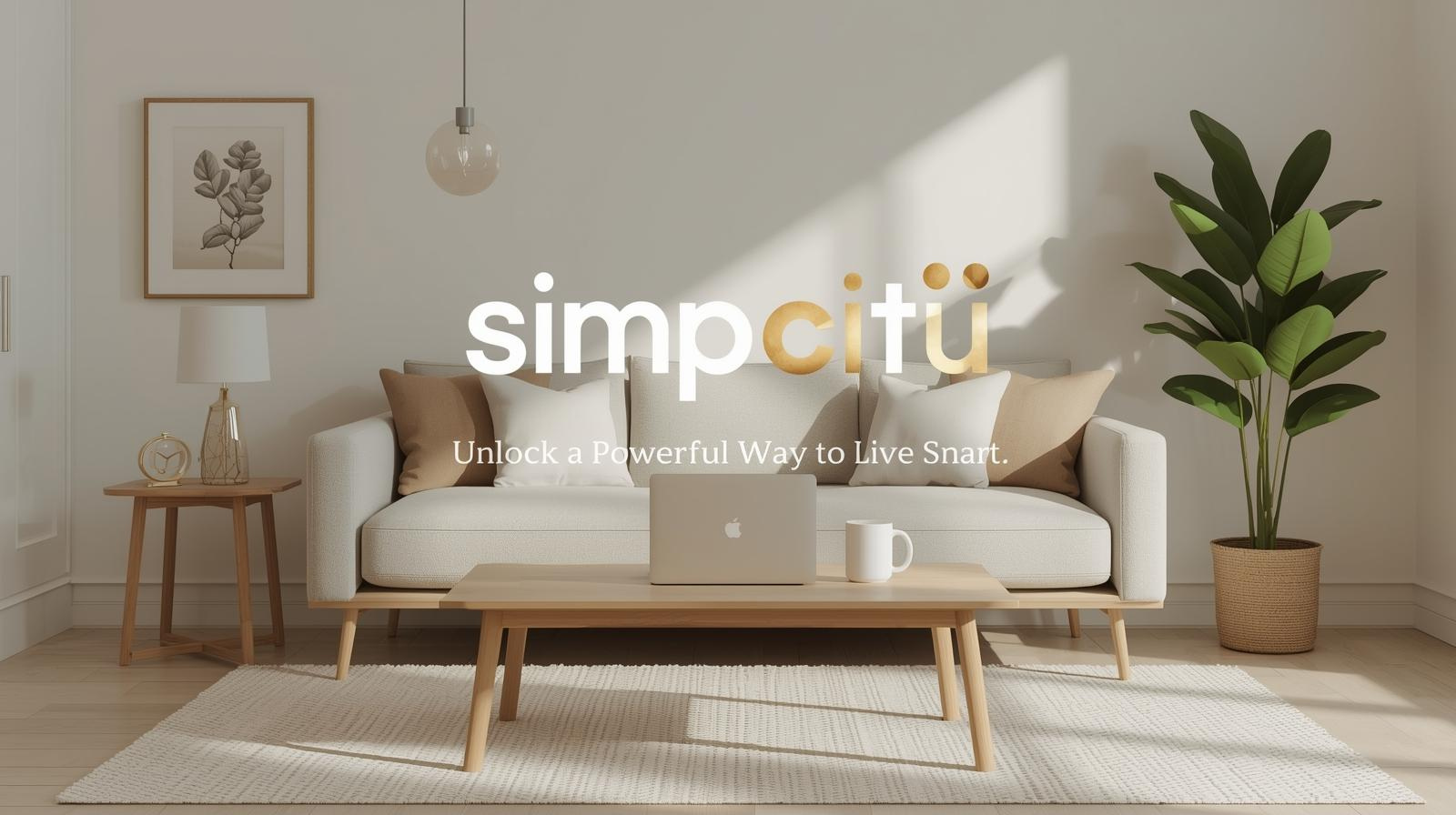Online courses have emerged as a go-to choice for gaining fresh talents, progressing in jobs, or just satisfying personal hobbies, as digital learning has taken off. Finding the perfect course can be challenging, though, given the abundance of possibilities. Not all online courses are produced equally, from unpaid lessons to paid certification courses. Whether you are learning for enjoyment or looking to improve your career, this step-by-step guide will assist you in picking the top online course suitable for your needs, schedule, and budget.
Step 1: Define Your Learning Objective
Start by defining what you wish to accomplish before looking through any website. Are you investigating a pastime, studying for a certification, or acquiring a talent for career progression? Knowing your goal will help you to limit your options and steer you toward pertinent subjects. Someone seeking to enhance Excel skills for a career, for example, will require a very different course than someone pursuing photography as a hobby.
Specify your target. Look for thorough programs that give credentials if you wish to switch jobs. Should you be reviewing a talent, a brief course might be sufficient. Every step that follows will be shaped by this clarity.
Establish Your Spending Plan
Online courses vary from free to many thousands of dollars. Based on the value the course provides and your dedication to finishing it, establish a sensible budget. Exploration is best done on free platforms like Coursera, edX, or Khan Academy; paid courses on websites like Udemy, LinkedIn Learning, or Skillshare typically provide lifetime access or certificates.
Remember, the most pricey course is not always the best. Instead of just the price tag, concentrate on the quality of the content, the credibility of the instructor, and the feedback from the students.
Third Phase: Decide on the Proper Platform
Every e-learning platform has benefits. While some concentrate on practical skills or creative learning, others specialise in academic topics. Research tools matching your objective.
For professional development: Coursera or LinkedIn Learning
Udemy, Codecademy, or Pluralsight for tech skills.
Skillshare or Domestika for creative arts.
for university- or graduate-level study: edX or FutureLearn
Should you intend to study on the go, verify the platform’s mobile accessibility, responsive support, and user-friendly interface.
Find the course syllabus
Look closely at the course syllabus once you have narrowed down some possibilities. Good online courses will provide thorough modules, learning goals, homework, and expected results. Steer clear of courses that are unstructured or unclear.
Search for:
Does the material match the current events?
Is it aimed at beginning, intermediate, or advanced levels?
Are there interactive features like community forums, projects, or tests?
The clearer and comprehensive the course framework is, the more sure you can be of its level.
Analyse the Instructor
Your learning experience can change greatly thanks to an accomplished and entertaining teacher. Go through the biographical data and credentials of the professor. Search for instructors with actual expertise in the field rather than only academic credentials.
Many platforms let users assess instructors through reviews or ratings. Browse these ratings to get to know teaching methods, level of communication, and whether the instructor frequently changes the course. If possible, video previews help one evaluate the instructor’s presentation style and readability.
Examine Reviews and Testimonials
Read comments from former pupils before registering. Look for remarks on course quality, whether the content satisfied expectations, and course organisation. Patterns in comments should draw your attention; for instance, if many users remark on hazy instructions or obsolete material, that should raise a flag.
Courses with highly generic testimonials or unverified accolades should be avoided; high ratings with careful, thorough reviews are a good sign.
Step seven: Consider Course Flexibility and Length
Confirm that the course matches your agenda. Some online courses let you learn at any time because they are self-paced; others are time-bound with live sessions or weekly deadlines. A self-paced course might provide the freedom you need if you have responsibilities or a full-time job.
Step 8: Look for accreditations or certifications.
You might want a certificate of completion or an accredited credential if you want to rise in your profession. While some platforms collaborate with colleges or professional groups, many industry-recognised credentials.
Step 9: Test Before You Commit
Attempt a free trial or sample lesson whenever feasible. Before you spend time and money, this lets you evaluate the platform’s content quality, usability, and the teaching method of the instructor. A trial will swiftly tell you whether the course fits your learning style and expectations.
Conclusion
Selecting the ideal online course requires more than just clicking enrol. It calls for careful planning, research, and a crystal clear grasp of your learning objectives. Common mistakes can be prevented, a nd a course with real value can be chosen by following this step-by-step manual.
Online learning has opened doors to many opportunities. You may improve your talents, investigate your interests, and meaningfully advance your personal or professional development, all from the convenience of your own home with the right direction.




